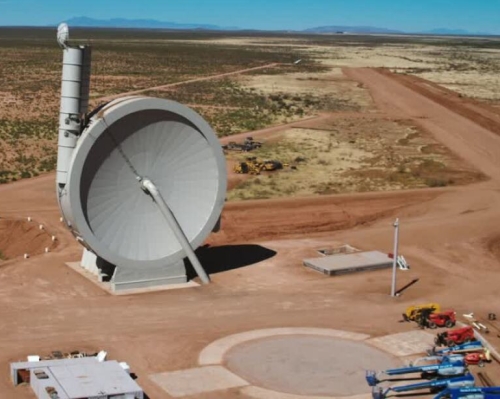Connecting the dots of the COVID lie

What our leaders want us to be
There were many reasons the world panicked in 2020 when COVID appeared and spread from China. Some of that panic was motivated by natural fear of an unknown disease. Some of it was motivated by a desire for power, harnessing that fear to nullify the Bill of Rights and the legal restraints on dictatorship. Some of it was inspired by a simple blind hatred of Donald Trump, and saw an opportunity to use the virus as a tool for getting him out of power. And some of the actions of our leaders was motivated by pure and simple greed, willing to let millions die so that they could personally get rich, or richer.
To connect the dots to understand the worst players in this terrible story, we need to look at more than one story or report, each telling us something that the fear-mongers have tried to hide from us so that their dishonest and sometimes quite evil motives might not be recognized.
To begin, there are these two stories, showing that we now have solid evidence that the military committed fraud in order to hide data that showed the COVID shots were causing a terrible number of health injuries and deaths to soldiers being ordered to take them.
- The Department of Defense Just Got Caught Lying About Vaccine Injuries
- Military Doctor Testifies in Court: High-Level Command Ordered Her Silence Over Frightening Vaccine Data
From the first story, describing a lawsuit that claims the Defense Department committed fraud:
» Read more










